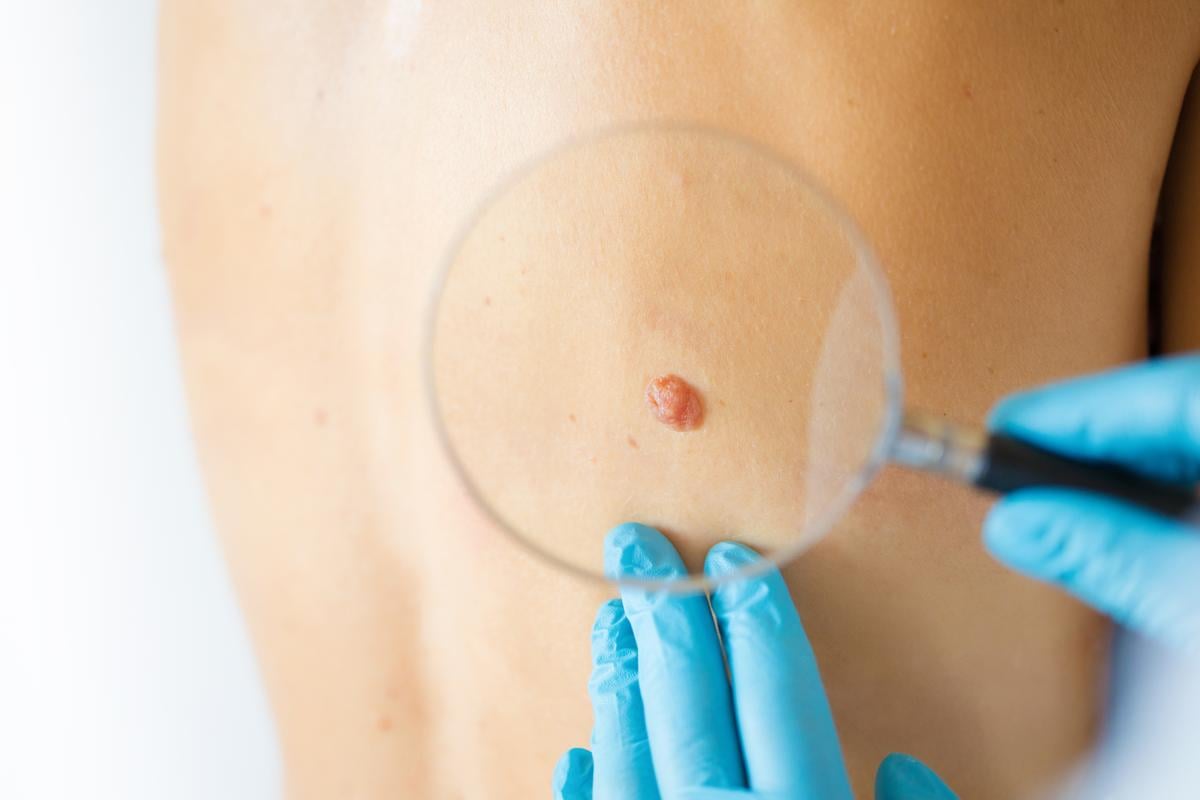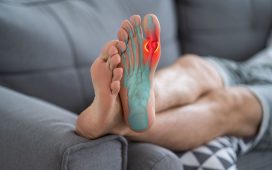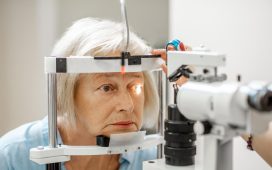C4C risk score achieved sensitivity of 80.46 ± 2.50 percent and specificity of 62.09 ± 1.90 percent, outperforming other models
By Elana Gotkine HealthDay Reporter
MONDAY, Nov. 4, 2024 (HealthDay News) — A new set of skin cancer risk factors can improve detection of suspicious skin lesions, according to a study published online Sept. 6 in Scientific Reports.
Shafiqul Islam, Ph.D., from the University of Essex in Colchester, England, and colleagues examined artificial intelligence (AI) models that use patient metadata consisting of 23 attributes for suspicious skin lesion detection. Performance of a new set of most important risk factors, known as C4C risk factors, was compared to that of the 7-point checklist (7PCL) and the Williams risk factors that predict lifetime melanoma risk.
The proposed AI framework identified seven new skin cancer risk factors: lesion pink, lesion size, lesion color, lesion inflamed, lesion shape, lesion age, and natural hair color. The researchers found that when evaluating metadata from 53,601 skin lesions collected from different skin cancer diagnostic clinics, this proposed framework achieved sensitivity of 80.46 ± 2.50 percent and specificity of 62.09 ± 1.90 percent for detecting suspicious skin lesions compared with 68.09 ± 2.10 percent sensitivity and 61.07 ± 0.90 percent specificity for 7PCL and 66.32 ± 1.90 percent sensitivity and 61.71 ± 0.6 percent specificity for the Williams risk factors. The best performance was achieved by combining the C4C risk factors with 7PCL and Williams risk factors, with 85.24 ± 2.20 percent sensitivity and 61.12 ± 0.90 percent specificity.
“In our current and future research, we are extending our investigation through the fusion of the newly identified skin risk factors and weighted risk score together with lesion images using deep learning models, which we believe will further boost the performance of skin cancer detection in a cost-effective manner,” the authors write.
Copyright © 2024 HealthDay. All rights reserved.








